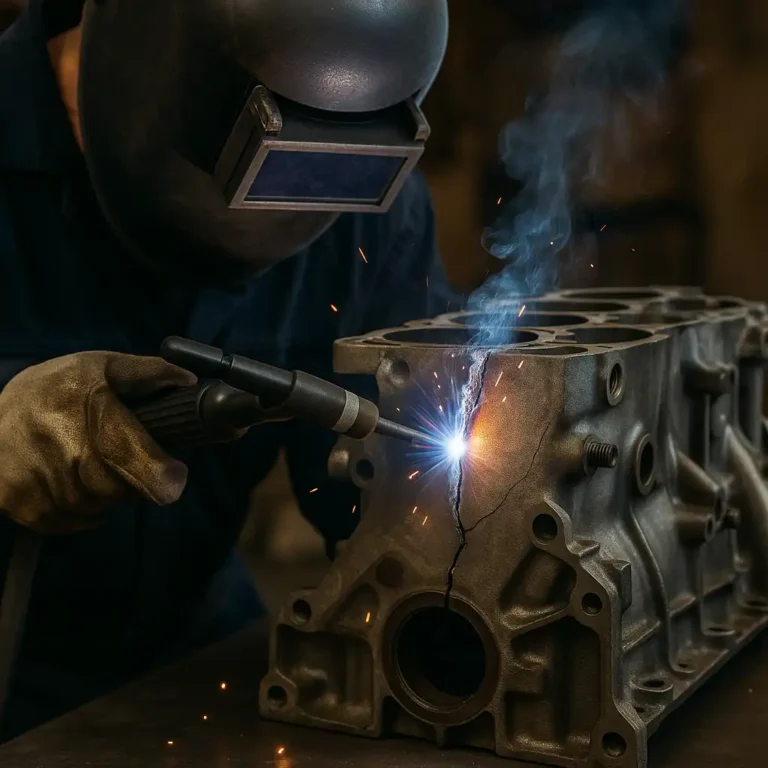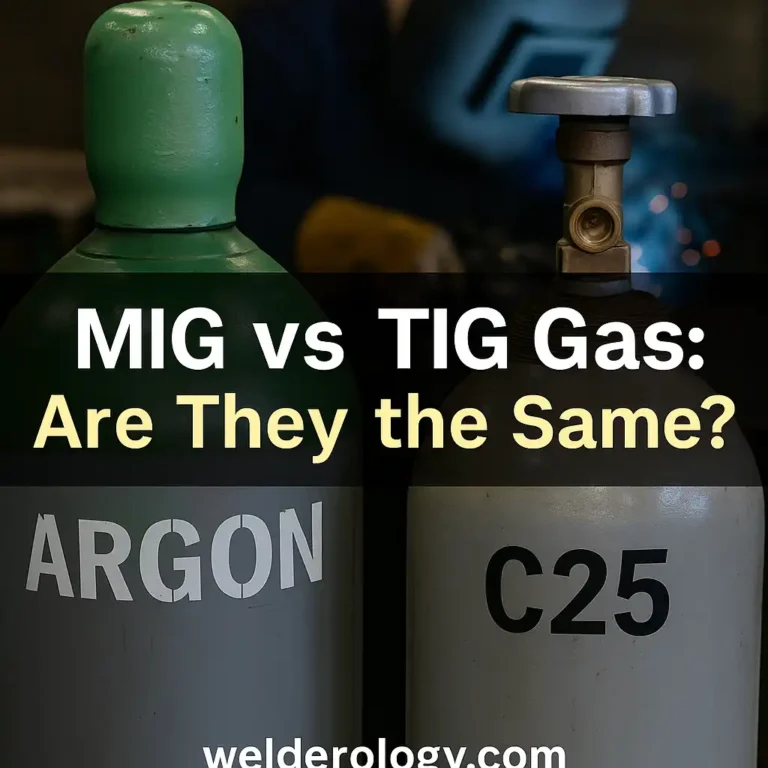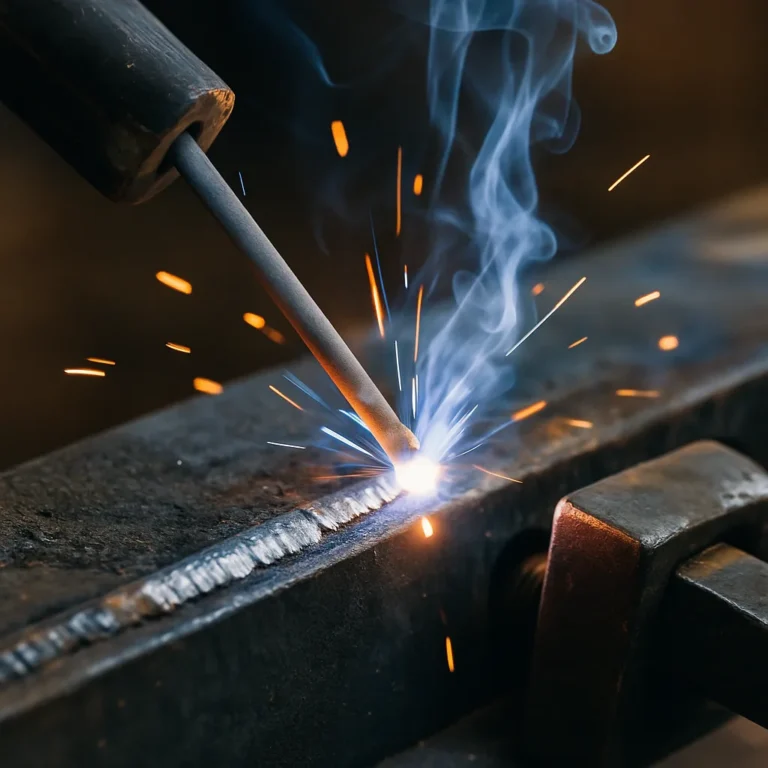MIG vs Arc Welding: Which One Sparks the Best Results?

Disclosure: This post contains affiliate links. As an Amazon Associate, I earn from qualifying purchases—at no extra cost to you.
If you’re diving into the world of welding, one of the first decisions you’ll face is whether to go with MIG or arc welding. Both techniques have been around for decades, and each brings something different to the table. The right choice depends on your specific needs—materials, budget, skill level, and even where you plan to weld. It’s not just about melting metal; it’s about how you want to work, what you’re working on, and how clean or dirty you want that weld to be. Let’s break down the differences and see which process fits your project best.
What Is MIG Welding?
MIG (Metal Inert Gas) welding, also known as GMAW, uses a spool-fed wire electrode that melts and fuses into your base metal, with a shielding gas like argon or a mix to protect the weld pool from contamination. It’s widely loved for its ease of use, speed, and clean results.
This type of welding is ideal for beginners because the wire feed is continuous, and the arc starts smoothly. You can work on thin metals like car panels, sheet metal, and light structural steel without worrying about blowing holes or cleaning up heavy slag.
MIG welding also produces less spatter and a more visually appealing weld bead, making it popular in automotive repair, fabrication, and production welding.
What Is Arc Welding?
Arc welding, often referred to as stick welding (SMAW), is a more rugged, all-weather process that uses a consumable electrode coated in flux. When heated, the flux creates a protective gas shield and slag layer to protect the weld.
Stick welding thrives in outdoor environments and on thicker, rustier, or painted metals. It doesn’t require external gas, which means fewer accessories and simpler equipment. That makes it the go-to method for farm repairs, structural work, and pipeline jobs.
The trade-off? It’s messier, harder to learn, and slower than MIG. But for durability in less-than-ideal conditions, arc welding still rules.
Key Differences Between MIG and Arc Welding
- Ease of Use: MIG wins here. It’s plug-and-play, especially for beginners.
- Portability: Arc welding gear is simpler and easier to transport.
- Material Versatility: MIG is better for thin metals, while arc handles thick steel with ease.
- Weld Appearance: MIG delivers cleaner welds with less cleanup.
- Outdoor Use: Arc welding works better in windy, dirty, or remote conditions.
Which Welding Process Is Right for You?
Choose MIG welding if:
- You’re a beginner
- You want faster, cleaner welds
- You’ll be working in a garage or workshop with access to shielding gas
Choose Arc welding if:
- You need to weld outdoors or in remote areas
- You want to keep equipment minimal
- You’re working with heavy-duty, rusted, or painted metals
Both processes have their place. The smart welder? Learns both and switches based on the job.
Conclusion: It’s Not Either/Or—It’s About the Right Fit
There’s no universal winner in the MIG vs arc welding debate. It’s like choosing between a pickup truck and a sports car—they both drive, but how and where you drive makes all the difference. So, instead of picking one forever, start with the one that suits your current needs and grow your skills from there.






